The holiday season is about joy and celebration, but it also introduces some easy-to-overlook safety risks. Decorating mishaps and food-related issues are common hazards that can disrupt your festivities. By staying aware of these potential dangers and taking proactive steps, you can prevent accidents and ensure a safe, enjoyable holiday. This guide highlights common risks and provides tips for keeping your celebration safe.
Decorating Dangers: Trees, Lights, and Ornaments
Holiday decorations bring warmth and cheer to our homes but pose safety risks when handled improperly. Use the tips below to safely handle holiday decor.
Christmas Tree Hazards
Christmas trees, both real and artificial, can present various safety concerns. Real trees can contain mold spores that can trigger allergic reactions. To prevent this, consider hosing down your tree and spraying it with a mold-resistant sealant before bringing it indoors. Allow it to dry completely before decorating.
When setting up your tree, use a sturdy stand rated for its size and place it in a low-traffic area to reduce the risk of it tipping over. Keep the tree well-watered to prevent it from drying out and increasing fire risk. If you’re concerned about forgetting to water your tree, use an automatic watering system.
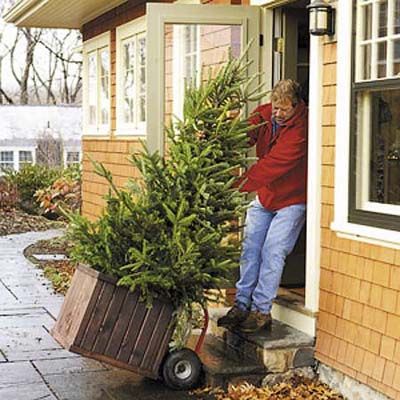
Holiday Lighting Safety
When purchasing lights, look for the Underwriters Laboratories (UL) seal, which indicates the product has undergone rigorous safety testing to meet industry standards. Use outdoor-rated lights for exterior displays and minimize the use of extension cords to prevent overloading.
Before hanging existing lights, inspect them carefully for frayed wires, broken bulbs, loose connections, and other damage that could lead to fire or electrocution risks. Always unplug lights when you’re not enjoying them to reduce fire risk and save energy.
Ornament and Decoration Risks
Small ornaments can pose choking hazards for small children and pets. Avoid using decorations resembling candy or food, as these may tempt children to eat them. Opt for shatterproof ornaments, especially if you have young children or pets. Avoid using artificial snow sprays when decorating, as they irritate the lungs if inhaled. Also, be cautious with tinsel, as it can be harmful if swallowed by pets.
Food and Drink Hazards During the Holidays
Food safety is especially important during large family gatherings during the holidays. To keep holiday meals delicious and safe, follow these guidelines.
Alcohol-Related Risks
Holiday parties often include alcoholic beverages, which can pose risks to both adults and children. Keep an eye on your drinks and dispose of any unfinished glasses promptly to prevent children from accidentally consuming alcohol. Designate a sober driver or use ride-sharing services to make sure everyone gets home safely after celebrations.

Food Poisoning and Allergies
With large meals and numerous dishes, the risk of food poisoning increases during the holidays. Use proper food handling, cooking, and storage to prevent foodborne illnesses. Be aware of common food allergens and clearly label dishes that contain them to protect guests with allergies.
Pet Safety Around Holiday Foods
Many holiday foods can be dangerous for pets. Chocolate, for example, contains theobromine, which is toxic to dogs. Keep all sweets, including baking ingredients, stored safely out of reach. Avoid feeding pets table scraps, particularly foods like grapes, raisins, onions, and garlic, which can be harmful.
To further protect your pets, consider using pet-safe holiday treats and make sure guests are aware of what not to feed them. Contact your veterinarian immediately if you suspect your pet has ingested something harmful. Create a designated safe area for your pets during holiday gatherings to keep them away from potentially harmful foods and reduce their stress.
Medication and Chemical Risks With Guests
With guests staying over, there’s an increased risk of medications being left within reach of children. Designate a secure area for guests to store their medications, such as a high shelf or locked cabinet. Remind visitors to keep their bags and purses out of children’s reach.
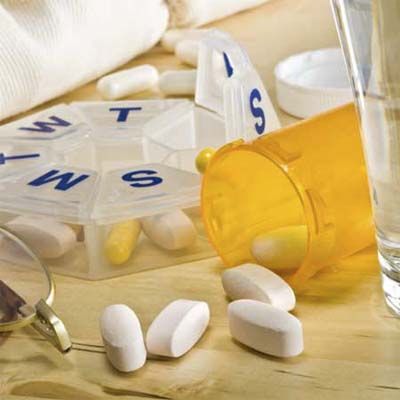
In addition, many holiday cleaning products and decorating materials contain harmful chemicals. Store these items securely and follow usage instructions carefully. Keep products in their original containers and never mix cleaning agents since this could create dangerous fumes.
Fire Safety During the Holiday Season
Using candles, fireplaces, and additional electrical decorations increases fire risks during the holidays. Follow the tips below to keep your home safe from accidental fires.
Fireplace and Candle Safety
Have your chimney cleaned and inspected before using your fireplace. Never burn wrapping paper or other materials that can cause flash fires. Keep candles away from flammable objects and never leave them unattended. Battery-operated flameless candles are a safer alternative.
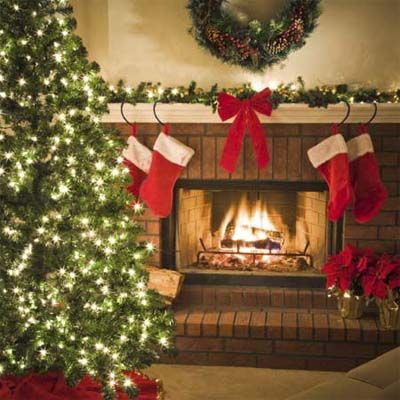
Electrical Fire Prevention
Overloaded electrical circuits are a common cause of holiday fires. Avoid plugging too many decorations into a single outlet, and never run cords under rugs or carpets where they can overheat. Replace any damaged cords or plugs immediately.
Physical Hazards and Injury Prevention Around the Holidays
The holiday season often involves activities that can lead to physical injuries if the following precautions aren’t taken.
Snow Shoveling Safety
Shoveling snow can put stress on your back and heart. To minimize risk, bend at the knees, keep your back straight, and lift with your legs. Take regular breaks and drink plenty of water. If you have heart issues or aren’t accustomed to heavy exercise, consider hiring a professional to handle the snow removal.
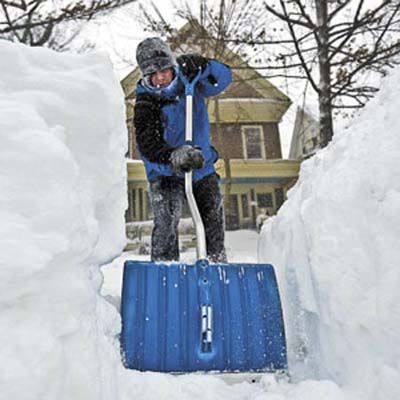
Ladder and Falling Risks
When hanging decorations, use a stable ladder and have someone assist by spotting you. Avoid standing on the top two rungs, and keep your body centered between the side rails. Make sure the ladder is on level ground and fully extended before climbing.
Package Opening Injuries
“Wrap rage” from difficult-to-open packaging is more common than you think. Use proper tools, such as scissors or box cutters, and always cut away from your body. Opt for products with easy-open packaging to reduce the risk of injury.
Child Safety During the Holidays
Start by supervising children closely around decorations, lights, and candles to prevent accidents. Make sure all electrical decorations are in good condition, with no exposed wires or frayed cords. Keep cords and plugs out of reach, and use outlet covers to protect curious fingers. Teach children not to touch or play with decorations, particularly those that are sharp or fragile.
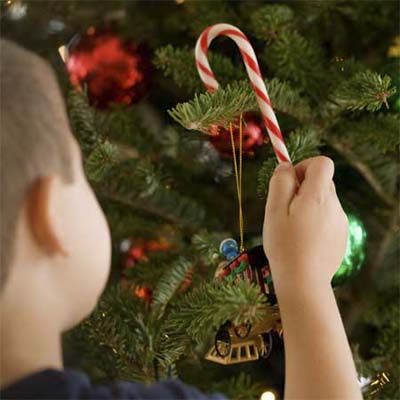
Keep holiday foods that pose choking hazards, such as nuts and small candies, out of reach. Always supervise children while they eat and avoid serving foods that are too hard or small for young children.
When selecting gifts, choose age-appropriate toys and check for any recall notices. For younger children, avoid toys with small parts, sharp edges, or long strings. Supervise children with new toys and teach them how to use them safely.
Managing Holiday Stress and Your Health
Many people find the holidays stressful. Take care of your mental health by setting realistic expectations, maintaining healthy habits, and seeking support when needed. Remember that it’s okay to say no to some invitations or traditions if they’re causing undue stress.
The holiday season coincides with peak cold and flu season. Protect yourself and others by washing your hands frequently, getting a flu shot, and staying home if you feel unwell. Encourage guests to do the same to prevent the spread of illness at gatherings.
